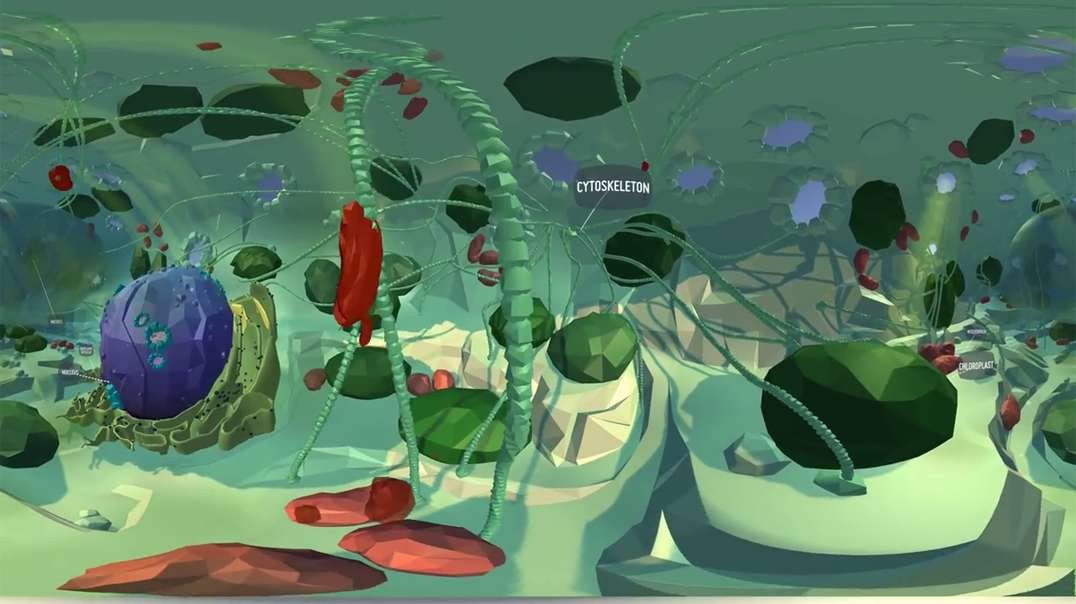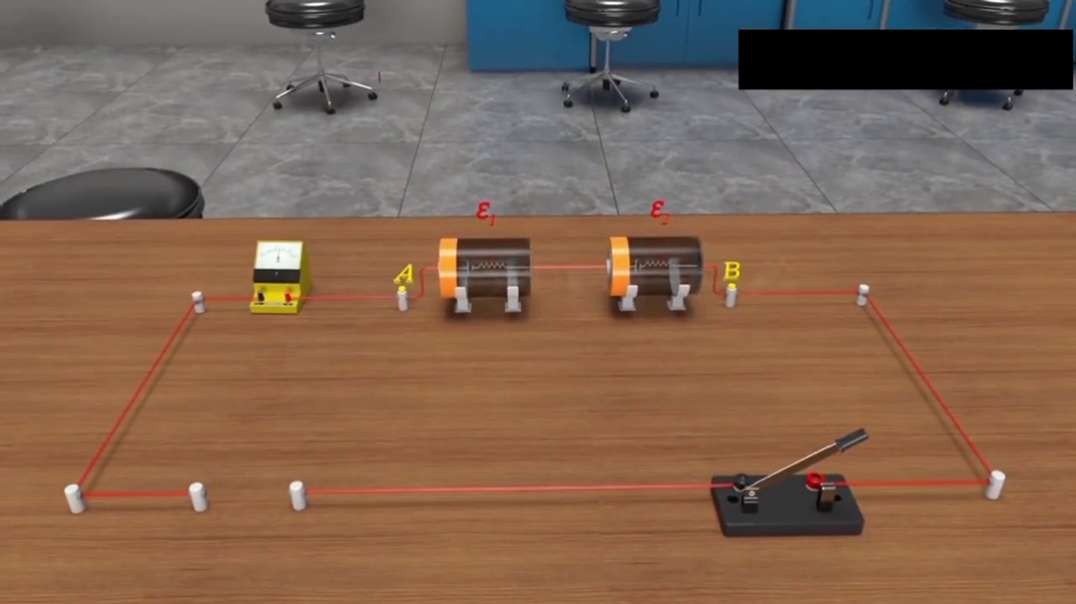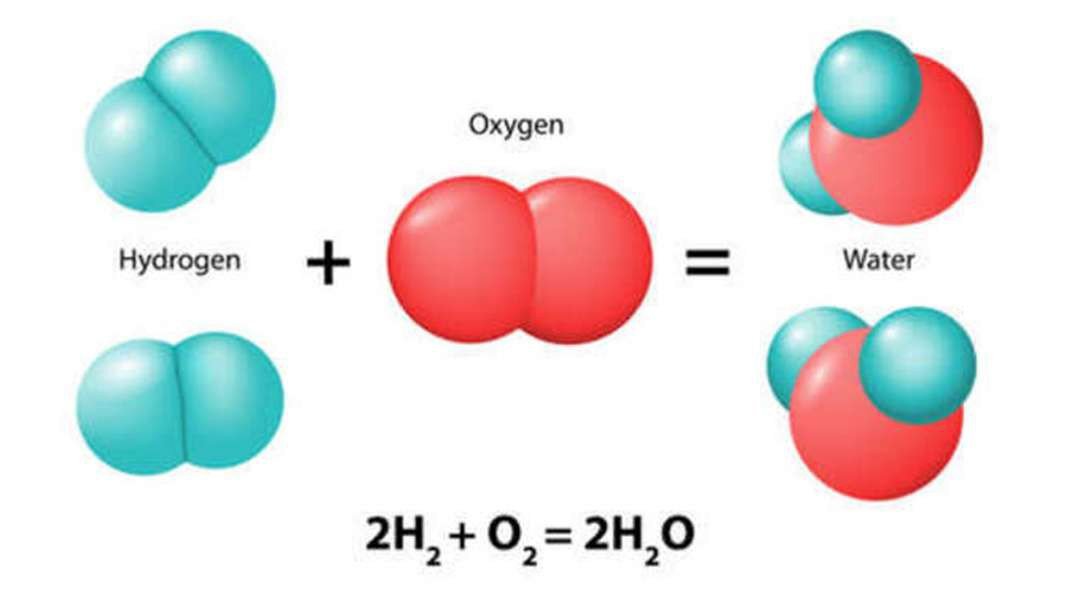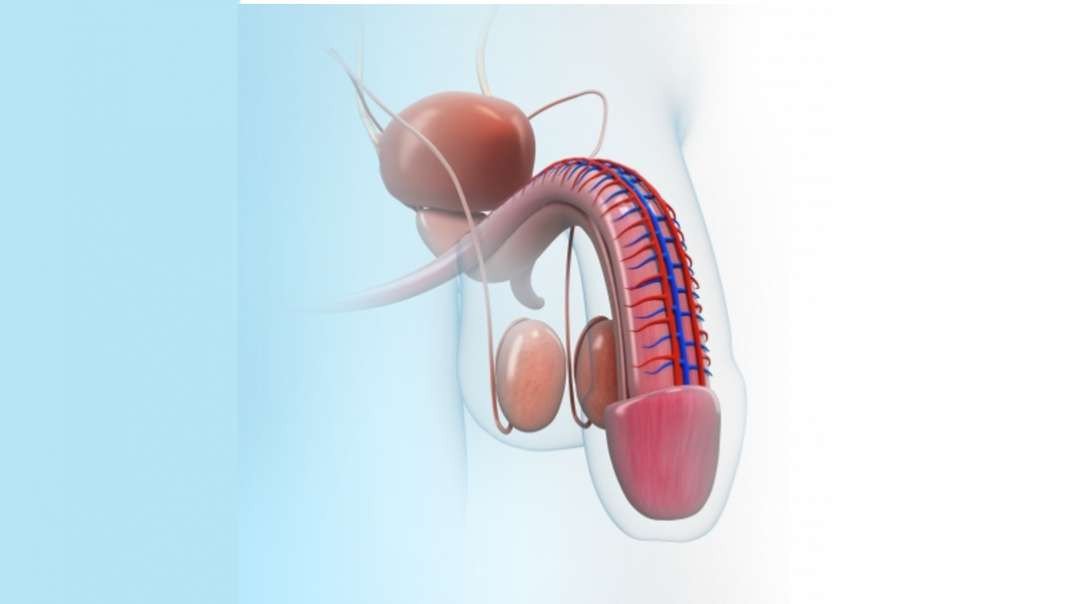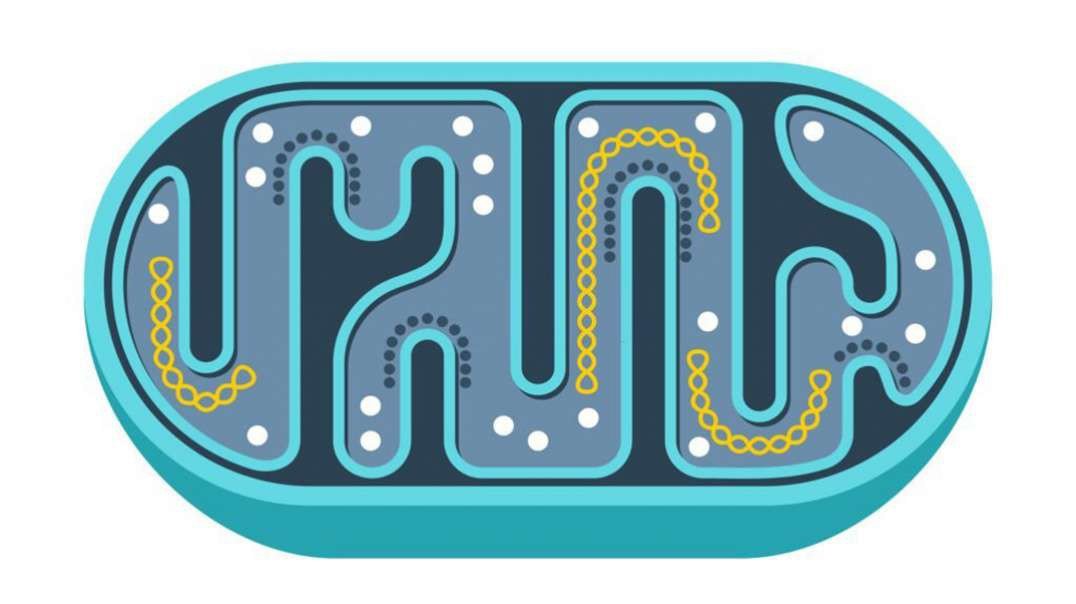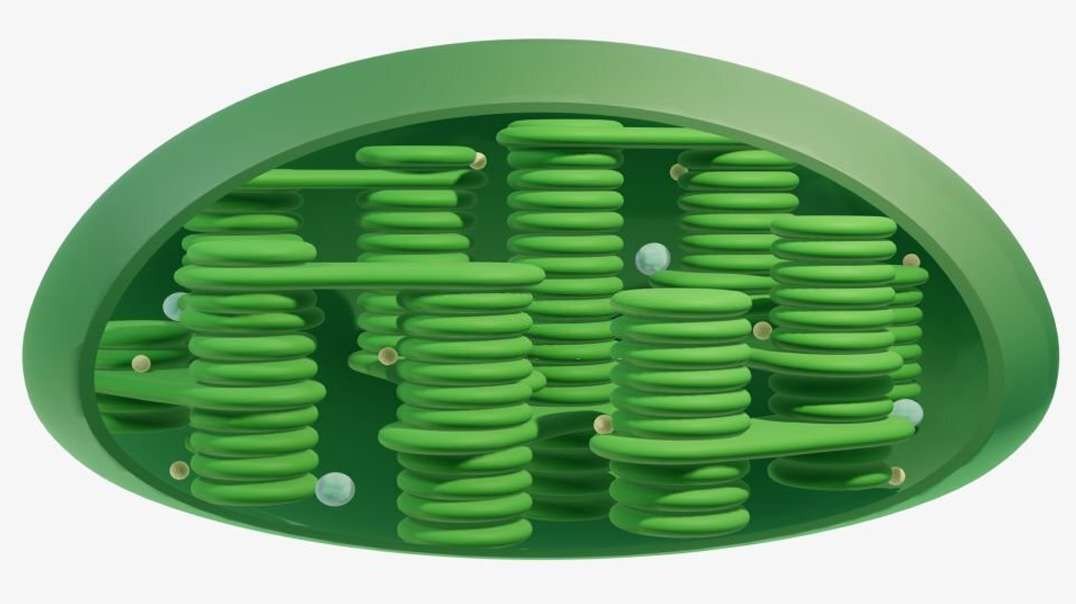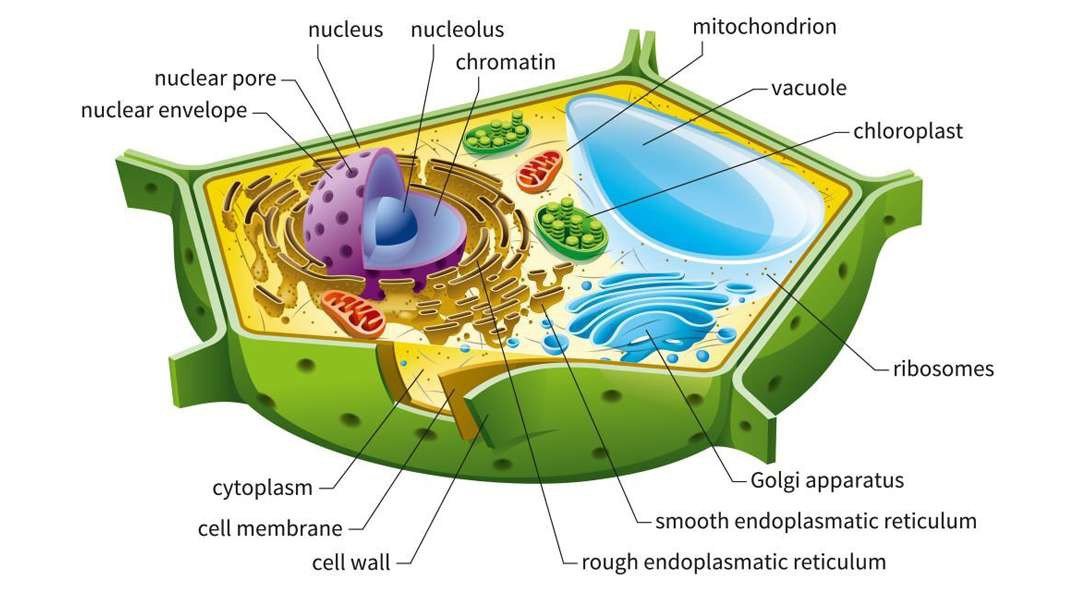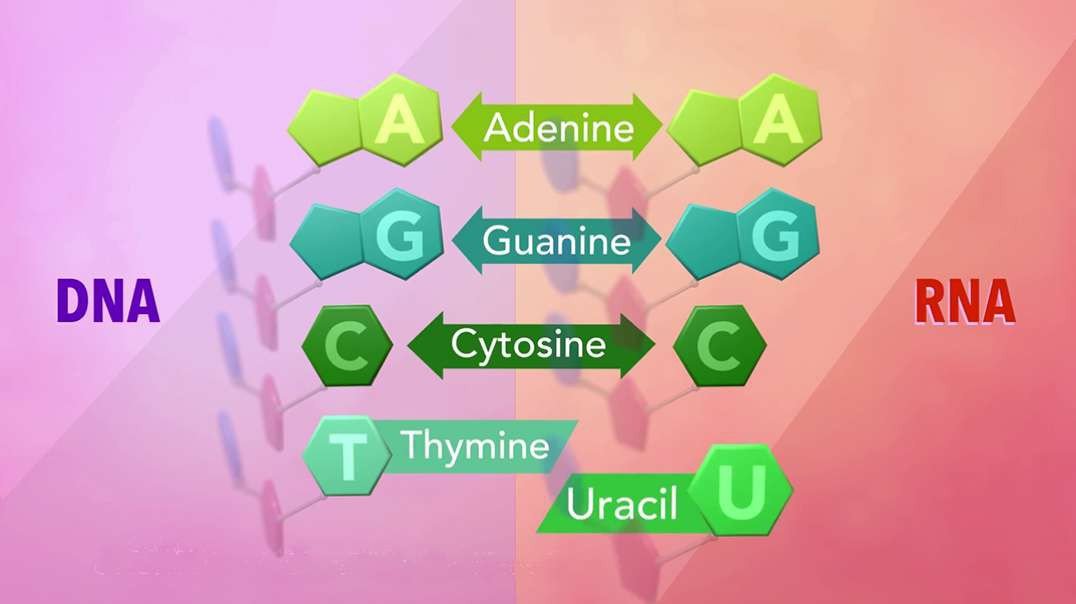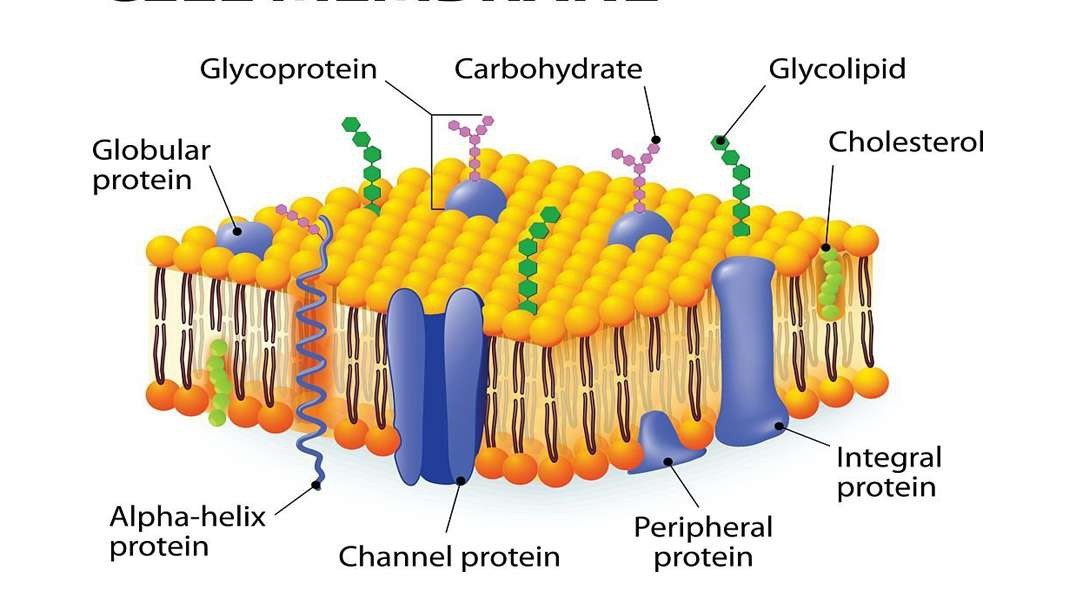
:
Overview of Cell Boundaries
Every cell has a boundary to separate it from its surroundings. You may already know that plant cells have a rigid outer boundary called a cell wall. Other organisms such as bacteria and fungi also have cell walls. And while their cell walls differ in structure and composition, their cell walls all provide support, shape, and protection for these types of cells. It is essential you remember that animal cells always have a cell membrane but never have a cell wall. So what is the boundary that all cells have? Whether they have a cell wall or not, all cells have a cell membrane, also called a plasma membrane. In a typical animal cell, the cell membrane is a thin, flexible barrier against the outside environment. It's main job is to help with homeostasis, a type of equilibrium in which the cell maintains a relatively constant, stable internal environment. Like all living things, cells require stable internal conditions in order to survive, grow, and reproduce. The cell membrane helps maintain this stable internal environment by being selectively permeable. This means it acts as a gatekeeper to control or select what can get into or out of the cell. We'll learn more about the ways cells accomplish this separately. For now, remember that all cells have a flexible cell membrane, and most cells also have a rigid cell wall. And it's important to know that animal cells never have a cell wall. The cell wall provides support, shape, and protection to the cell. And the cell membrane is selectively permeable in order to help maintain intracellular homeostasis.
